Showing all 2 results
Home » Downlights » Supermarket Downlights


the highest discount up to 25%
If you are a professional or want to work with us for a long time, please quickly register the account belonging to your identity after successfully registering and logging into your account to enjoy the exclusive identity price (the highest discount up to 25%)
Large stocks in Italian warehouses
Our products have passed EU certification standards

Supermarket Downlights
Transform your supermarket with our advanced supermarket downlights designed to enhance your shopping experience. Our downlights offer the perfect blend of efficiency and ambience, ensuring a bright, welcoming atmosphere for your customers. Experience the advantages of our downlights in supermarkets that require precise lighting. Our eco-friendly LED technology saves energy and provides bright lighting while reducing operating costs. Create visually appealing merchandise displays that engage shoppers and highlight product details. The sleek design blends seamlessly into any in-store layout, creating a modern and sophisticated look. Use our supermarket downlights to enhance the ambience of your supermarket, increase customer satisfaction and make every shopping trip an unforgettable experience. Upgrade now to illuminate your space with sparkle and style.
What is a Supermarket Downlight?
A supermarket downlight refers to a type of lighting fixture commonly used in supermarkets and grocery stores to provide general illumination. It is typically recessed into the ceiling and directs light downwards, illuminating the sales floor, aisles, and product displays. Supermarket downlights are designed to offer uniform and efficient lighting that enhances visibility, product presentation, and overall shopping experience.
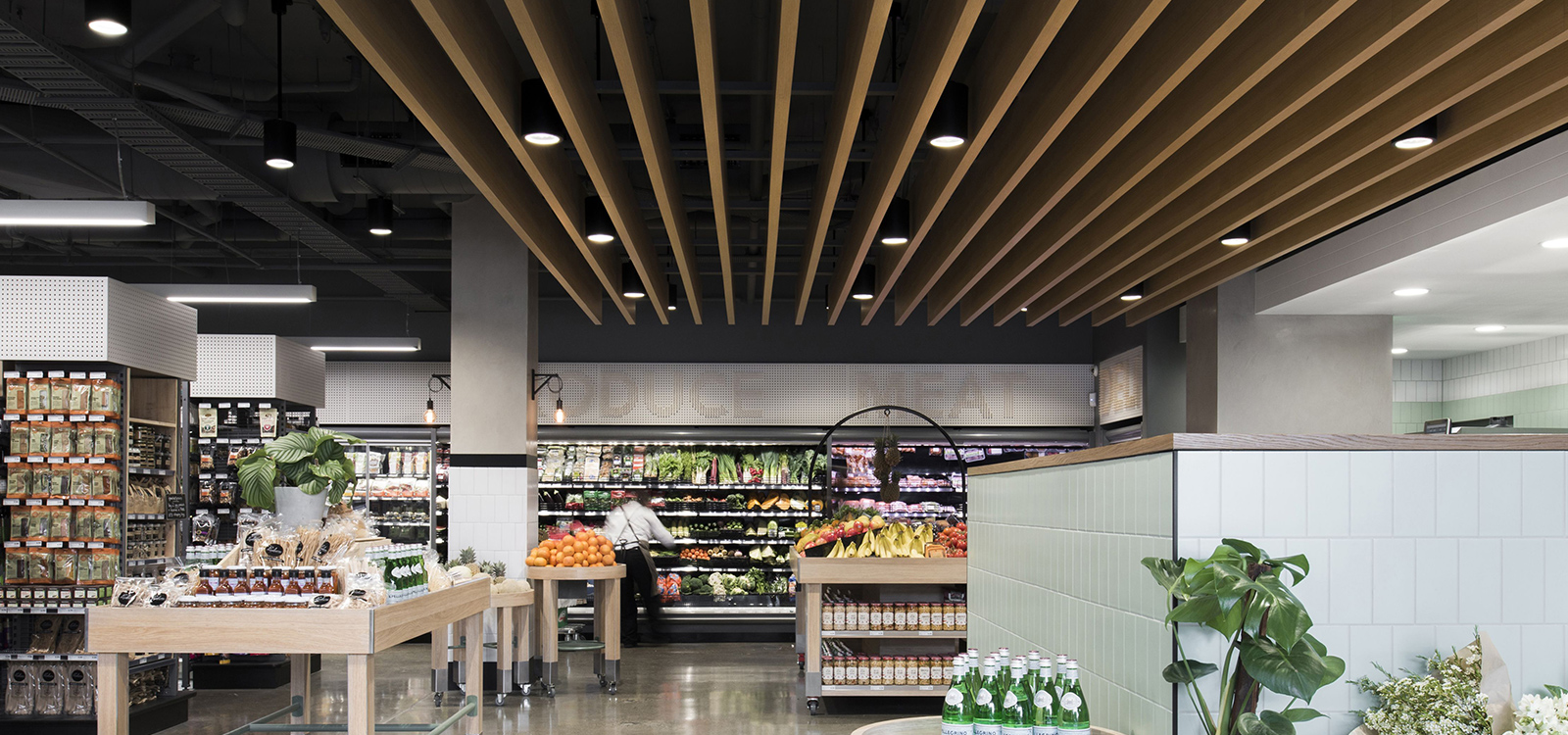
Features of Supermarket Downlights:
High Illumination Efficiency: Supermarket downlights are designed to provide bright and efficient illumination. They utilize high-performance light sources, such as LED technology, which offer excellent lumen output while consuming minimal energy.
Wide Beam Angle: These downlights typically have a wide beam angle to ensure broad coverage of light. The wide beam helps evenly illuminate larger areas, such as aisles and shelves, reducing shadows and creating a well-lit shopping environment.
Adjustable Options: Some supermarket downlights feature adjustable designs, allowing for flexible lighting control. Adjustable downlights can be tilted or rotated to direct light precisely where it is needed, enabling targeted lighting of specific product displays or areas of interest.
Long Lifespan: Supermarket downlights are built to have a long lifespan, reducing maintenance and replacement costs. LED downlights, in particular, are known for their extended operational life, ensuring reliable and consistent performance over time.
Energy Efficiency: Supermarket downlights prioritize energy efficiency to reduce energy consumption and minimize operational costs. LED downlights are highly energy-efficient, consuming less power compared to traditional lighting technologies while still providing optimal illumination levels.
How to Choose a Supermarket Downlight:
When selecting a supermarket downlight, consider the following factors:
Lighting Requirements: Evaluate the specific lighting needs of the supermarket, including desired brightness levels, color rendering requirements, and the areas or product displays that require focused lighting attention.
Fixture Design and Size: Consider the design and size of the downlight fixture to ensure compatibility with the ceiling structure and aesthetic requirements. Pay attention to the installation method, whether it’s recessed, surface-mounted, or adjustable.
Lumen Output and Beam Angle: Assess the lumen output and beam angle of the downlight to determine if it aligns with the desired lighting distribution and coverage. A higher lumen output is generally preferred for larger spaces, while a suitable beam angle ensures even illumination.
Light Source Selection: LED downlights are the preferred choice due to their energy efficiency, long lifespan, and excellent color rendering capabilities. Opt for downlights with high-quality LED light sources that offer a wide range of color temperatures to suit the supermarket’s atmosphere and product presentation.
Dimming and Control Options: Consider downlights that offer dimming and lighting control capabilities. This allows for adjusting light levels based on specific needs, creating different atmospheres throughout the supermarket, and potentially saving energy during non-peak hours.
Light Source and Color Temperature of Supermarket Downlights:
Supermarket downlights often utilize LED light sources due to their numerous advantages. LED lights offer high energy efficiency, extended lifespan, and excellent color rendering properties. The color temperature of the downlights can be chosen based on the desired ambiance and product appearance. Warmer color temperatures (around 2700K to 3000K) create a cozy and inviting atmosphere, suitable for sections like bakery or deli displays. Cooler color temperatures (around 4000K to 5000K) provide a brighter and more vibrant light, commonly used in general merchandise areas or produce sections.
Supermarket Downlights Source Information
| Light Source Type | Advantages | Available Color Temperature Range | Applicable Scene Examples |
|---|---|---|---|
| LED Light Source |
|
2700K – 3000K: Warm White Light 4000K – 5000K: Natural White Light |
|
| Fluorescent Light Source |
|
2700K – 3500K: Natural White Light 400K – 5000K: Cool White Light |
|
One advantage of LED lights is their excellent color rendering properties. They can accurately reproduce colors, making products appear more vibrant and appealing to customers. The color temperature of the downlights plays a crucial role in creating the desired ambiance and enhancing the appearance of different sections within the supermarket.
Warmer color temperatures, typically ranging from 2700K to 3000K, emit a yellowish or warm white light. This color temperature creates a cozy and inviting atmosphere, making it suitable for sections like bakery or deli displays. The warm light can enhance the appearance of baked goods or deli items, making them look more appetizing.
Cooler color temperatures, usually in the range of 4000K to 5000K, emit a bluish or cool white light. This color temperature provides a brighter and more vibrant illumination, which is commonly used in general merchandise areas or produce sections. The cooler light can make products in these sections appear fresh, clean, and vivid.
Supermarkets often use a combination of warmer and cooler color temperatures in different sections to create contrast and highlight specific areas. This helps to guide customers through the store and create a visually appealing shopping experience.
How to choose supermarket downlights
Determining the ideal combination of warm and cool temperatures for different areas of the supermarket requires consideration of a variety of factors, including the intended atmosphere, product appearance and customer preferences.
Customer experience and preference: Supermarkets aim to create a pleasant shopping experience for customers. They may conduct surveys or collect feedback to learn about customer lighting preferences. This information can help determine the ideal color temperature combination that meets customer expectations.
Regional functions and product display: Different areas of the supermarket have different uses and display different products. The lighting needs of each section may vary. Bakeries or deli areas often benefit from warm color temperatures, creating a cozy and welcoming atmosphere. General merchandise or produce sections may require lower color temperatures to increase product visibility and freshness.



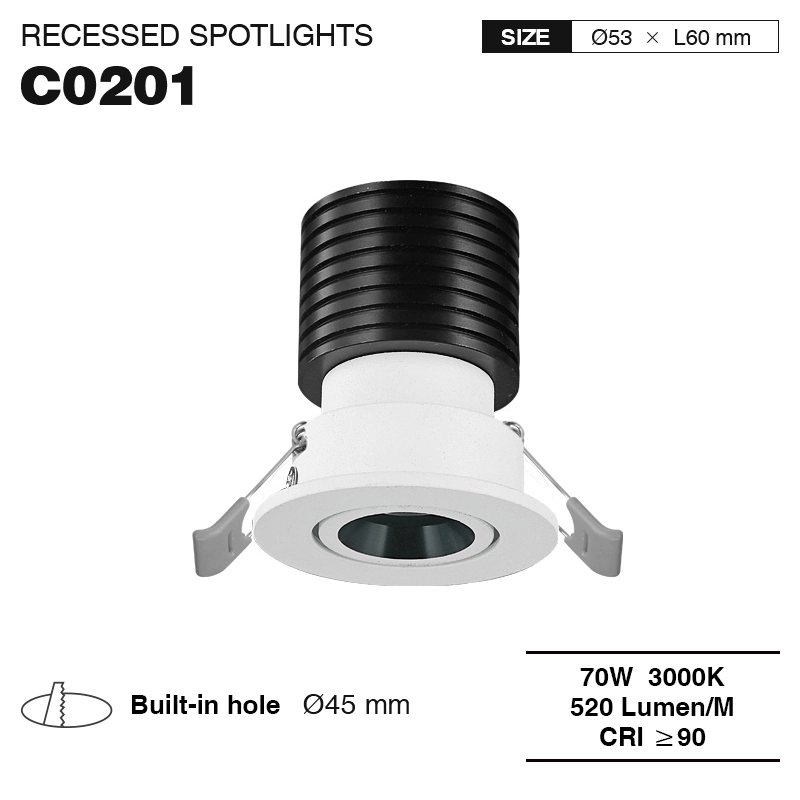
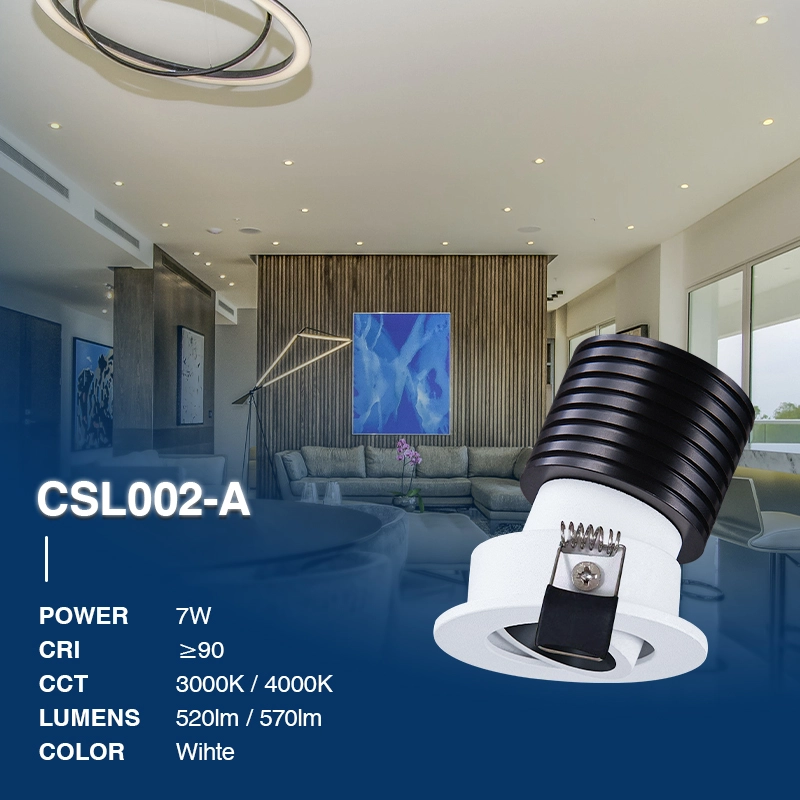








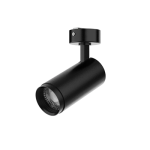 Ceiling Spotlights
Ceiling Spotlights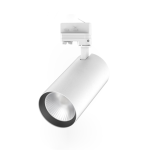 Indoor Spotlight
Indoor Spotlight Recessed Spotlights
Recessed Spotlights
